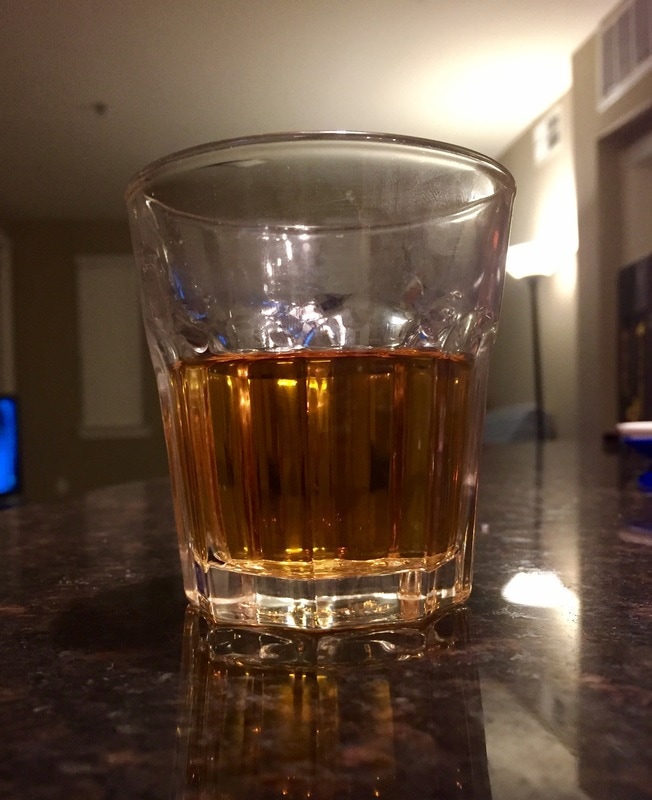|
Napa Valley and Sonoma County are two of California's most famous wine regions, drawing in millions of visitors each year. But which one is better? The answer may be subjective, but one thing is for sure: both regions offer unique wine experiences and breathtaking landscapes.
Join me, as we compare Napa and Sonoma, looking at the differences in winery styles, food, scenery, and overall vibe. So grab a glass of your favorite wine and let's dive into the battle of the California wine regions. Napa Valley Napa Valley is one of the most popular wine regions in the world. With its picturesque vineyards, delicious wine, and luxurious spas and resorts, it's not surprising that Napa attracts plenty of visitors from all over the world. There are over 400 wineries in the area. Some of the most popular wineries include Robert Mondavi, Beringer Vineyards, and Stag's Leap Wine Cellars. Most wineries offer tastings and tours, with prices varying depending on the winery and the type of tasting you want. Sonoma
0 Comments
Winos of the world rejoice! If you’re looking for a lovely getaway where there are more kinds of wine than there are people that live there, I’ve got quite a treat to tell you about. Just about 75 miles from both San Antonio and Austin sits the Fredericksburg and Gillespie County area of the Texas Hill Country that just so happens to also be home to over 50 wineries and tasting rooms. This area is well known in Texas with some absolutely fantastic wines coming from the area. It’s the second most visited wine region in the country, behind (you guessed it) Napa Valley. However, most of its visitors come from Texas. I just went on a tour in the area with about five or six other people and they were all from different parts of Texas. Tequila is a drink with a rich history. Yes, contrary to popular belief, it has more of a history than making your clothes fall off.
A Brief History of Tequila Tequila is a type of mezcal (which, if you haven’t tried you should). Tequila, however, has to be made with at least 51% blue agave, unlike mezcal (yes, there are several different varieties of agave). And just like Champagne, tequila can only be made (legally, for it to be called “tequila”) in a few specific regions of Mexico. Within one of those regions is where the drink we now call tequila was born: in the town of Tequila. Not too long after the city’s founding, the drink was commercialized with the help of a man that went by a name that’s still known today: Jose Cuervo. Traditionally, there are five different kinds of tequila:
Having said that, you should know this: there is now a new category added to that list. The Tequila Regulatory Council has added a category called cristalino. Cristalino is aged (like añejo) tequila that is filtered to strip the caramel color out of it. The New Kid On The Block Gin is a spirit that most people have probably heard of. But can you tell me what it’s made of? Not many people can. So before I begin my reviews of a few select gins, I’ll give you a brief history of the drink that is gin.
Most of the time, there’s not much debate over what defines a spirit. For many, (like scotch, bourbon, and tequila) it’s based on the ingredients that are in the spirit, the origin of it, and the process by which it’s made. That’s not the case for gin. Gin is mainly defined by its flavor, which, traditionally, is juniper berries. The problem is, with no governing body to determine if each batch of gin tastes like juniper, you end up with gins that taste very different. Another reason that you’ll find one gin that tastes significantly different than others is because distillers all have their own recipes and are free to add other ingredients (typically some kind of botanical) to achieve their desired taste. With that said, here are my reviews for the following three gins: The country is currently in the middle of a whiskey revolution. Sales have skyrocketed in recent years, and the thirst for all kinds of whiskey doesn’t seem to be going away anytime soon.
Under the umbrella that is whiskey, one of the most popular kinds is bourbon. But bourbon’s cousin, rye whiskeys, aren’t too far behind. The main difference between a bourbon and a rye whiskey is the grain used to make it. Bourbon is made from at least 51% corn. A rye is made from - not surprisingly - at least 51% rye grain. So if you are into bourbon but have never tried a rye, or just curious about how they taste, I’d start with these three: Wine is a magical drink. There are movies about wine. There are documentaries about sommeliers - who are basically people who specialize in all things wine. And there are places all over the country that offer tours, wine tastings, and more. I’ve been to wineries in North Texas, Michigan, Illinois.
Updated December 2016
Booze is a big business. Every year more than $400 billion is spent on beer, bourbon, wine, and other kinds of alcohol. And there's no doubt, the tourism side of the industry is certainly alive and well. In the DFW area alone there are at least 40 breweries, several distilleries, and (a quick google search shows) roughly 45 wineries within driving distance of DFW. And I'm sure there are plenty of each of those near wherever you live too. But don't limit yourself by staying nearby. There are hundreds of options around the country you can drink in! Here's just a taste |
Stay inspired with The KKR in Your EmailCategories
All
|







 RSS Feed
RSS Feed